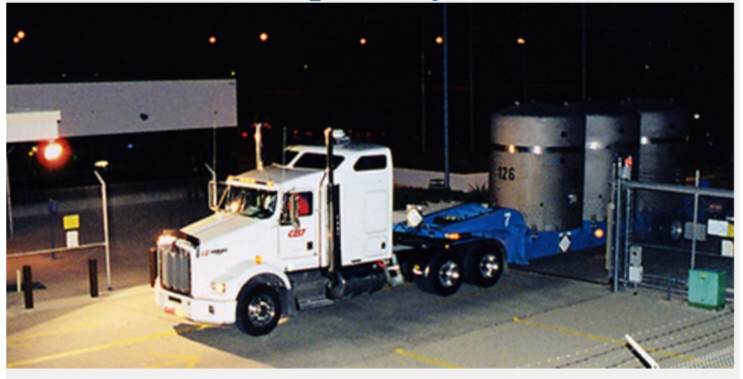On March 27, federal officials convened in southern New Mexico to commemorate the 25th anniversary of the United States’ sole underground repository for radioactive waste, a legacy of decades of nuclear research and bomb production. The Waste Isolation Pilot Plant (WIPP), nestled within an ancient salt formation approximately half a mile beneath the surface near Carlsbad, has received about 13,850 shipments from over a dozen national laboratories and other facilities since its inception in 1999.
This milestone arrives amid New Mexico’s escalating concerns regarding the federal government’s strategy for repackaging and transporting to WIPP a series of drums filled with materials similar to those that led to a radiation leak at the site in 2014. This incident resulted in contamination of parts of the underground facility and necessitated an expensive closure that lasted nearly three years, disrupting the federal government’s multibillion-dollar cleanup efforts and leading to policy modifications across various sites in the United States.
In response to pressure from Texas environmental regulators, the U.S. Department of Energy (DOE) announced plans last year to explore methods for treating the waste so it could be safely moved and disposed of at WIPP. However, the New Mexico Environment Department has voiced significant safety concerns, demanding additional information from federal officials and the contractor managing the New Mexico repository.
James Kenney, New Mexico Environment Secretary, emphasized in an interview with AP that merely storing hazardous waste in West Texas for a decade does not neutralize its dangers. “Treatment treats hazardous waste,” Kenney stated, underscoring his primary concern that time alone is insufficient for rendering the waste harmless.
The 2014 radiation incident was traced back to improper waste packaging at Los Alamos National Laboratory, where a chemical reaction was triggered by mixing nitrate salts with organic kitty litter. Despite this, DOE has proposed repackaging the waste with air-filled glass micro-bubbles for additional thermal protection, based on a study by Sandia National Laboratories which also indicated a decrease in drum temperatures, suggesting increased stability.
However, details regarding alternative methods for altering the waste’s composition or assurances to prevent another thermal reaction remain unclear. The timeline for relocating the waste is also uncertain as it requires approval from both state and federal regulators.
Kenney criticized the lack of consultation with New Mexico regulators prior to announcing these plans, highlighting that some concerns could have been preemptively addressed. The state’s letters to federal officials pointed out requirements under both the repository’s permit and federal laws governing radioactive and hazardous waste management.
Don Hancock of the Albuquerque-based Southwest Research and Information Center highlighted the issue of waste being stranded due to non-compliance with Nuclear Regulatory Commission certifications for shipping containers. He remarked on the lesson this situation presents for Texas, New Mexico, and any other state regarding the importance of ensuring waste safety before transportation.

